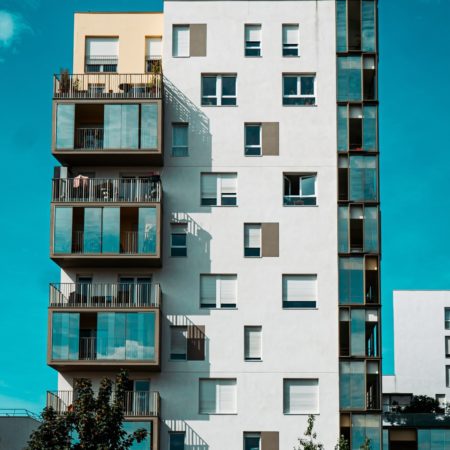Why Optimising The Net Zero Carbon Home Ecosystem Is Critical
If we had to predict the aspect of retrofit programmes with the greatest risk of creating problems for residents and landlords, it will be creating a properly balanced net zero carbon home ecosystem. When we talk about the ecosystem, we mean homes that need minimal heat input because of upgraded insulation and airtightness, and which are well ventilated to avoid damp, mould and poor air quality.
Adding insulating materials and improving the airtightness of a home are relatively simple concepts. A better insulated home with fewer air leaks and draughts will obviously need less heat input to maintain a comfortable temperature. Even here though, there is scope to create problems and generate unnecessary costs if inappropriate materials are fitted by people without the right expertise.
But a net zero carbon home ecosystem is more complex than this. Heat capture is a vital feature. Inside any home heat is generated by occupants, appliances, cooking, showers and washing. Much of this energy can be lost with air expelled from the ventilation system – counteracting the work that went into better thermal insulation and airtightness.
Designing a Net Zero Carbon Home Ecosystem
A well-designed zero carbon home ecosystem features heat recovery by a small exhaust air heat pump. This system extracts air from the kitchen, bathroom, utility or other ‘wet’ rooms through a ducting network and recycles it for space or water heating. The extracted air is balanced by external air drawn in through wall or window vents in other rooms.
The design of the net zero carbon home ecosystem must be carefully balanced to maintain adequate ventilation and a pleasant internal environment.
The balance is easily upset as soon as occupants decide there isn’t enough fresh air and start to open windows. Suddenly the heat input needed to keep the home warm is multiplied – possibly beyond the capacity of the low carbon heating solution installed. This also points to the importance of educating residents about how their net zero carbon home ecosystem works.
Designing the optimum ecosystem emphasizes why a whole house approach is essential. Unless the design carefully balances insulation upgrades, airtightness, heat input and ventilation there are likely to be problems ahead that will be difficult and expensive to resolve.
Find out more about Osborne’s Zero Carbon Retrofit Solutions by visiting our resource centre or contact Nick Davidge ([email protected]).

